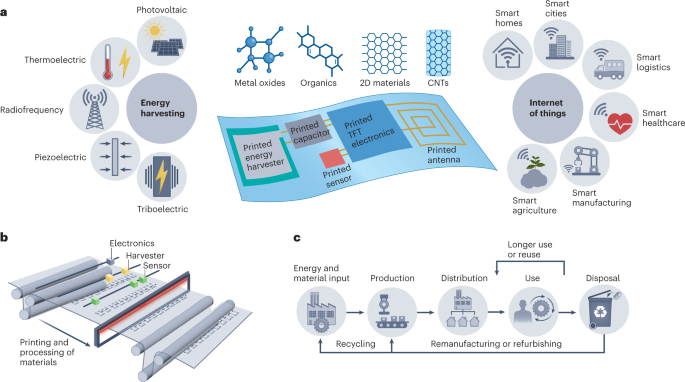
From Wi-Fi-connected home security systems to smart toilets, the so-called Internet of Things brings personalization and convenience to devices that help run homes. But with that comes tangled electrical cords or batteries that need to be replaced. Now, researchers reporting in ACS Applied Energy Materials have brought solar panel technology indoors to power smart devices. They show which photovoltaic (PV) systems work best under cool white LEDs, a common type of indoor lighting.
Indoor lighting differs from sunlight. Light bulbs are dimmer than the sun. Sunlight includes ultraviolet, infrared and visible light, whereas indoor lights typically shine light from a narrower region of the spectrum...
Read More







Recent Comments